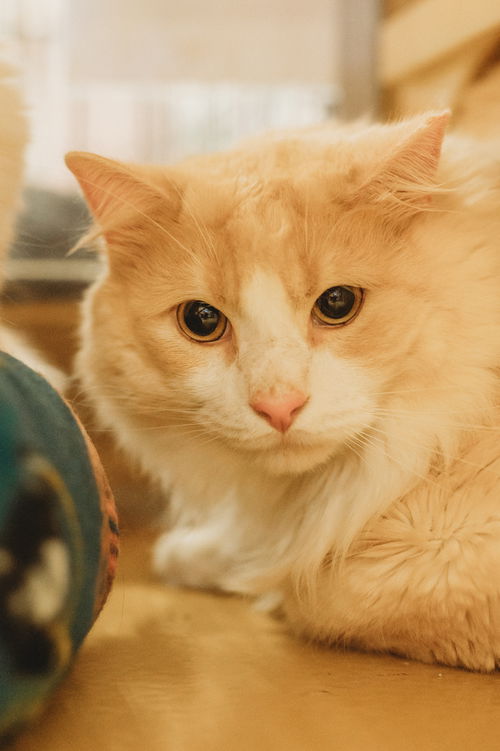Upper Respiratory Infection (URI)
This information comes to us from the ASPCA website.
A cat’s upper respiratory tract —the nose, throat and sinus area—is susceptible to infections caused by a variety of viruses and bacteria.
What Causes Upper Respiratory Infections in Cats?
By far, viruses are the most common causes of upper respiratory infections (URIs) in cats. Feline calicivirus and feline herpesvirus account for 80 to 90 percent of all contagious upper respiratory problems, and are prevalent in shelters, catteries and multi-cat households. These viruses can be transmitted from cat to cat through sneezing, coughing, or while grooming or sharing food and water bowls . Once infected, cats can become carriers for life, and though they may not show clinical signs, they can still transmit the viruses to others. Cats often develop bacterial infections secondary to these common viral infections.
There are also upper respiratory infections in cats that are primarily caused by bacteria. Chlamydia and Bordetella—also commonly found in shelters and areas with multiple cats —are two such bacterial infections. Less common in cats than dogs, Bordetella is usually associated with stress and overcrowded living conditions.
What Are the General Symptoms of Upper Respiratory Infections?
Symptoms differ depending on the cause and location of the infection, but some common clinical signs of upper respiratory problems in cats include:

- Sneezing
- Congestion
- Runny nose
- Cough
- Clear to colored nasal discharge
- Gagging, drooling
- Fever
- Loss of or decreased appetite
- Rapid breathing
- Nasal and oral ulcers
- Squinting or rubbing eyes
- Open-mouth breathing
- Depression
Age, vaccination status and physical condition all play a role in a cat’s susceptibility to upper respiratory infections, but cats who live in multi-cat households or shelters are most susceptible. Veterinarians have found that stress plays a role in causing outbreaks of URI, and cats in any shelter, cattery or boarding facility are generally experiencing high levels of stress. Cats who have recovered from URI can become carriers, and may experience recurrences when stressed.
Certain breeds like Persians and other flat-faced breeds have a predisposition to develop upper respiratory infections due to their facial structure.
What Should I Do If I Think My Cat Has an Upper Respiratory Infection?
It’s important to bring your cat to a veterinarian if you think she may be suffering from an upper respiratory infection. A brief exam by a veterinarian will help to determine if your cat requires medication, has a fever or is dehydrated. Avoid self-diagnosis, since your cat may be infectious and require isolation, antibiotics or additional veterinary care .
How Are Upper Respiratory Infections Treated in Cats?
Your veterinarian will prescribe the best course of treatment for your cat, which may include medications, isolation, rest and support with fluids and nutritional support.
What Happens if an Upper Respiratory Infection Is Left Untreated?
Left untreated, some upper respiratory infections can progress to pneumonia or have other serious complications, such as blindness or chronic breathing difficulties.
How Can I Prevent My Cat From Getting Upper Respiratory Infections?
- Keep your cat indoors to minimize the risk of exposure to infected animals.
- Properly isolate infected cats to protect other pets living in the same environment.
- Minimize stress.
- Keep your cat up to date on vaccines as recommended by your vet. Vaccines for upper respiratory disease in cats may not actually prevent infection, but they help lessen the severity of the disease in some cases.
- Regularly veterinary exams and preventative care can help catch and treat problems early. A cat’s best defense against upper respiratory infection is a healthy immune system.
- Practice good hygiene and wash your hands thoroughly when handling multiple cats.






